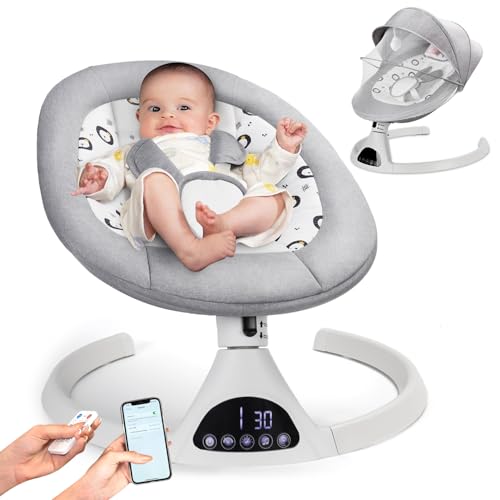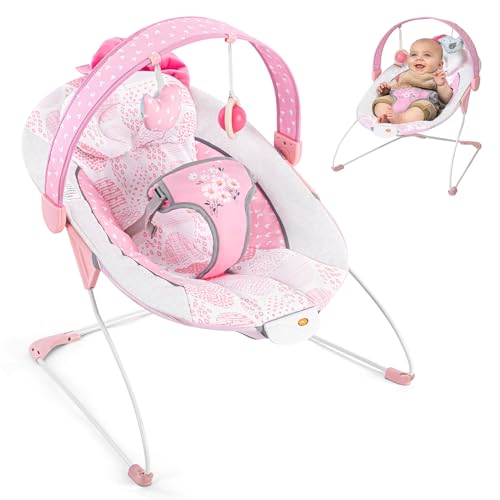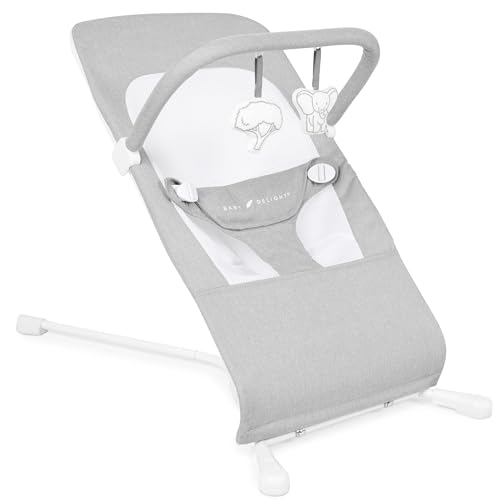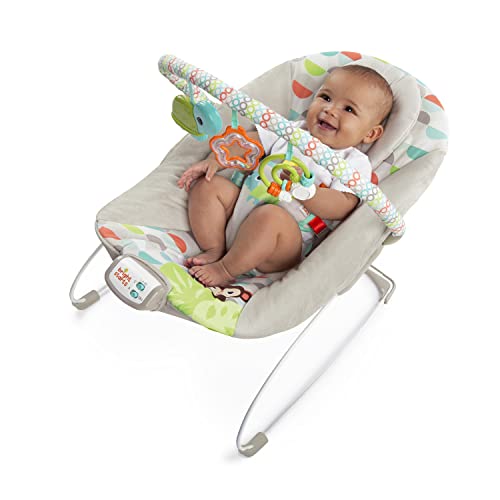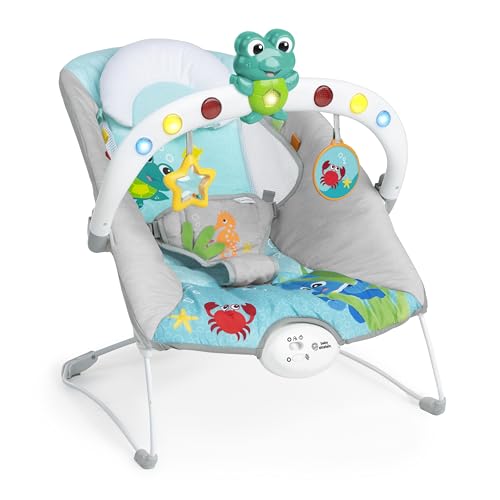
When dressing your little one, ensuring their comfort is paramount. From the fabrics you choose to the fit of the clothes, every detail matters in providing a cozy experience for your baby. But what about those hidden factors that could impact their comfort without you even realizing it? Stay tuned to discover some lesser-known tips and tricks that will help you guarantee that your baby’s clothing is not only cute but also incredibly comfortable.
Choosing the Right Fabrics
When selecting baby clothes, opt for soft and breathable fabrics to ensure your little one’s comfort. Fabrics like cotton, bamboo, and organic blends are gentle on your baby’s delicate skin and allow for proper air circulation, preventing overheating and irritation. Cotton is a popular choice due to its softness and breathability, making it ideal for everyday wear. Bamboo fabrics aren’t only eco-friendly but also naturally hypoallergenic and antibacterial, reducing the risk of skin reactions. Organic blends are free from harsh chemicals and pesticides, ensuring that your baby’s skin isn’t exposed to harmful substances.
Consider the season when choosing fabrics for your baby’s clothes. Lighter fabrics like cotton are perfect for warmer months, keeping your baby cool and comfortable. For colder weather, opt for soft, cozy fabrics like fleece or wool to provide warmth without sacrificing comfort. By selecting the right fabrics for your baby’s clothing, you can help them feel snug and happy throughout the day.
Ensuring Proper Fit
To ensure your baby’s comfort, it’s important to pay attention to the proper fit of their clothing. Ill-fitting clothes can be irritating and uncomfortable for your little one. When dressing your baby, make sure the clothing isn’t too tight or too loose. Snug but not constricting is the key to a proper fit. Check that the sleeves and pant legs are the right length, avoiding anything that may bunch up and cause discomfort. Ensure that elastic bands aren’t digging into your baby’s skin. Additionally, fastenings like buttons and zippers should be secure but not too tight to avoid any rubbing against the skin.
Properly fitting clothes also allow your baby to move freely and explore their surroundings comfortably. Remember that babies grow quickly, so regularly check their clothing to see if it still fits well. Investing in a few well-fitted, versatile pieces can go a long way in ensuring your baby is content and cozy in their clothes.
Prioritizing Softness and Breathability
For optimal comfort, prioritize softness and breathability when selecting clothes for your baby. Soft fabrics like cotton, bamboo, or blends specifically designed for baby clothing are gentle on your little one’s delicate skin. These materials are less likely to cause irritation or discomfort, keeping your baby happy and content throughout the day.
Breathable fabrics are essential to help regulate your baby’s body temperature and prevent overheating. Look for lightweight and airy clothing options that allow air to circulate freely, keeping your baby cool and comfortable, especially in warm weather or heated indoor environments. Fabrics with moisture-wicking properties can also help keep your baby dry and cozy.
When shopping for baby clothes, opt for pieces with flat seams or tagless designs to minimize potential skin irritation. Additionally, choosing clothes with a bit of stretch can provide flexibility for your baby’s movements while maintaining a snug yet comfortable fit. Prioritizing softness and breathability in your baby’s wardrobe selection will help ensure that they can move and play with ease while staying cozy and content.
Checking for Irritants and Allergens
Ensure the baby clothes you choose are free from common irritants and allergens to protect your little one’s sensitive skin. Before dressing your baby, it’s crucial to check the clothing labels for any potential irritants such as harsh dyes, fragrances, or chemicals. Opt for organic cotton or hypoallergenic fabrics to minimize the risk of skin reactions. Washing new clothes before your baby wears them can also help remove any residual chemicals from the manufacturing process.
When selecting baby clothes, steer clear of materials like wool or synthetic fibers that may cause itching or rashes. Look for clothing labeled as ‘hypoallergenic’ or ‘dermatologist-tested’ to ensure they’re gentle on your baby’s skin. Keep an eye out for any signs of irritation like redness, itching, or hives after putting on new clothes. If you notice any reactions, discontinue use and consult with a pediatrician to determine the cause and find suitable alternatives.
Baby products


